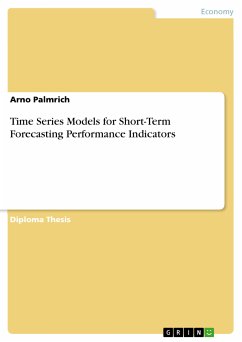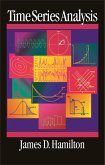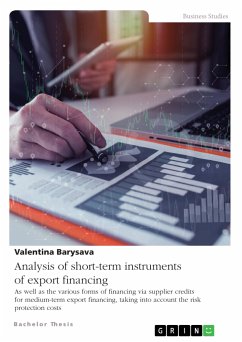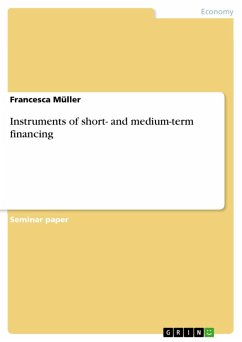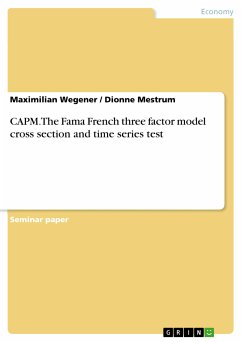Diploma Thesis from the year 2007 in the subject Business economics - Business Management, Corporate Governance, grade: highest grade (ausgezeichnet), University of Applied Sciences Kufstein Tirol, course: Economics Statistics, language: English, abstract: Managers use forecasting in budgeting time and resources. In this thesis, various advanced time series models are constructed, computed and tested for adequacy. This thesis serves as a practical guide to regression and time series analysis. It seeks to demonstrate how to approach problems according to scientific standards to students who are familiar with SPSS® but beginners in regression and time series analysis. Bibliographic notes of classical works and more recent academic advances in time series analysis are provided throughout the text. The research question that this thesis seeks to answer can be formulated in its shortest version as: “How can the management of Dalian Chemson Chemical Products Co; Ltd. use existing company data to make short-term predictions about net sales, Cost of Goods Sold (COGS), and net contribution?” More specifically, this thesis seeks to provide different tools (models) for forecasting the P&L entries net sales, COGS, and net contribution a few months ahead. This author’s approach is based on various versions of two models: One model will forecast net sales and the other model will predict COGS. The expected net contribution is simply defined as the difference between the predictions of these two models. In chapter 4.3 an ordinary least squares regression version of the two models has been computed. In chapter 4.6 a weighted least squares regression has been applied to the models. Autoregressions have been computed in chapter 4.7.1 and two Autoregressive Integrated Moving Average (ARIMA) versions have been constructed in chapter 4.7.6. The various versions of the models have then been compared against each other. The version that fits the data best will be used in forecasting. The statistical models in this thesis are computed using SPSS Base™, SPSS Regression Models™ and SPSS Trends™, versions 11.5.0. Each of the model versions constructed herein can be applied in a simple Excel spreadsheet. In the last chapter, a one-step-ahead forecast is produced via the in this thesis developed concept which consists of the most precise versions of the models to forecast net sales and COGS. The forecasting concept developed in this thesis is good in that it produces precise forecasts. Its simplified framework minimizes the effort and expertise required to obtain predictions.

